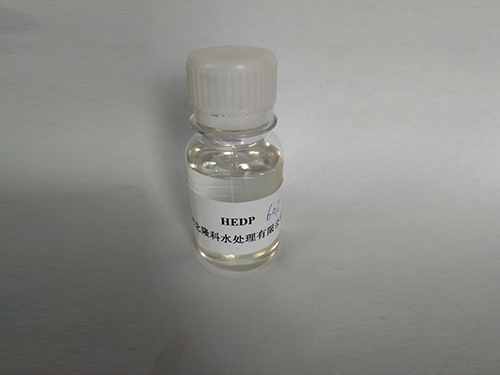Types of Flocculants Used for Effective Water Treatment Solutions
Different Types of Flocculants in Water Treatment
Water treatment is an essential process for ensuring the provision of clean and safe drinking water. One of the critical components of this process is the use of flocculants, which are substances that promote the agglomeration or clumping together of particles suspended in water. This article will explore the different types of flocculants employed in water treatment, their mechanisms of action, and their applications.
1. Organic Flocculants
Organic flocculants are widely used in water treatment due to their effectiveness and biodegradability. They can be categorized into natural and synthetic organic flocculants.
- Natural Organic Flocculants These include polysaccharides like starch, guar gum, and alginates, which can be derived from plant sources. They work by neutralizing the charges on particles in water, helping them to come together and form larger aggregates that can be easily removed. Natural flocculants are often favored for their environmental friendliness and non-toxic nature.
- Synthetic Organic Flocculants These are man-made polymers, typically acrylamide-based compounds, such as polyacrylamide (PAM). Synthetic flocculants are highly effective in treating various types of wastewater, including industrial and municipal effluents. They provide better performance in terms of the speed of floc formation and high settling rates. However, there are concerns regarding their residual toxicity and the potential for adverse environmental impacts if not removed properly after treatment.
Inorganic flocculants, such as aluminum sulfate (alum), ferric chloride, and ferric sulfate, play a significant role in water treatment processes. These compounds work primarily through chemical coagulation mechanisms
types of flocculants in water treatment

- Aluminum Sulfate (Alum) This is the most commonly used inorganic flocculant in water treatment. When added to water, alum reacts with the alkalinity to form aluminum hydroxide, a gelatinous precipitate that traps suspended particles. The resulting flocs are heavier and can be easily removed during the sedimentation process.
- Ferric Chloride and Ferric Sulfate These substances are effective in a similar way to alum but provide different benefits, such as better performance at lower pH levels and the ability to handle a wider range of wastewater types. They also help in removing phosphorus, a critical nutrient that must be monitored in water bodies to prevent algae blooms.
3. Composite Flocculants
Composite flocculants are a combination of organic and inorganic materials designed to enhance the flocculation process. These products aim to utilize the strengths of both organic and inorganic flocculants, offering improved performance and efficiency. By combining different polymers or mixing flocculants with coagulants, composite flocculants can achieve a more rapid settling rate and clearer supernatants compared to their individual components.
4. Biopolymer Flocculants
The increasing emphasis on sustainability in water treatment has led to a renewed interest in biopolymer flocculants derived from natural sources. These flocculants are typically biodegradable and non-toxic, making them an attractive option for environmentally conscious applications. Some examples include chitosan, a biopolymer derived from shellfish, which has been shown to effectively flocculate a variety of suspended particles.
Conclusion
In summary, flocculants play a vital role in the water treatment process by facilitating the removal of suspended particles, thereby enhancing water quality. The choice of flocculant—whether organic, inorganic, composite, or biopolymer—depends on various factors including the nature of the water to be treated, the required treatment efficiency, environmental regulations, and cost considerations. As water treatment technologies continue to evolve, the development and optimization of flocculants will remain a key area of research, aiming for more effective and sustainable solutions for clean water provision.
-
Water Treatment with Flocculant Water TreatmentNewsJun.12,2025
-
Polymaleic AnhydrideNewsJun.12,2025
-
Polyaspartic AcidNewsJun.12,2025
-
Enhance Industrial Processes with IsothiazolinonesNewsJun.12,2025
-
Enhance Industrial Processes with PBTCA SolutionsNewsJun.12,2025
-
Dodecyldimethylbenzylammonium Chloride SolutionsNewsJun.12,2025





